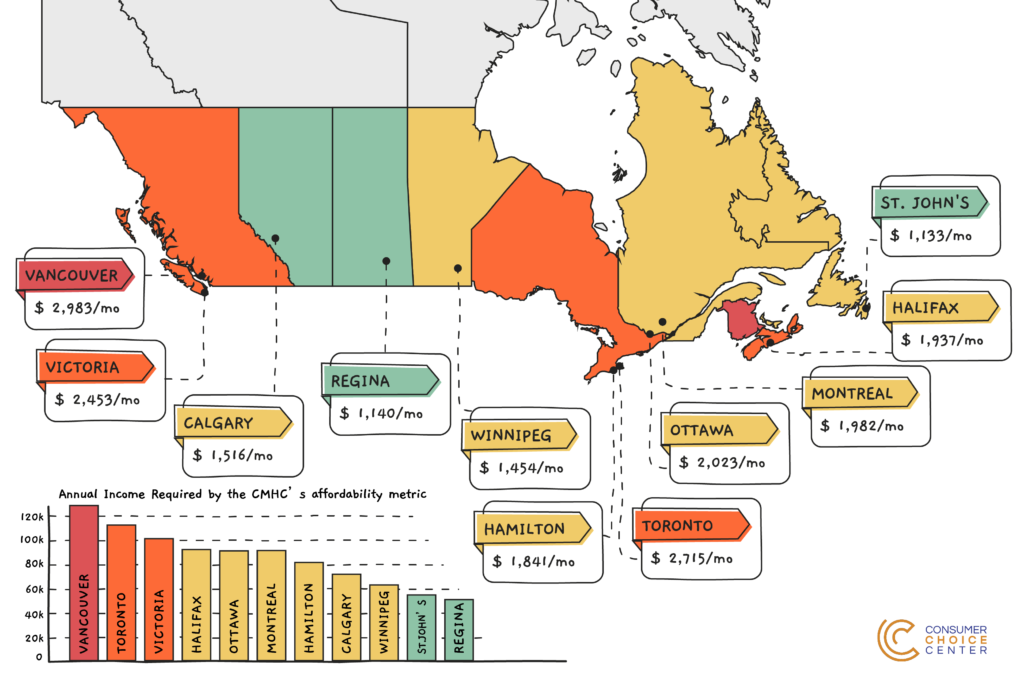The Issue Of Chronic Undersupply
Canada is facing a gross housing shortfall, and that shortfall is causing record prices hikes for both buyers and renters. Unfortunately, this shortfall has worsened over time. In 2016, Canada had 427 housing units per 1000 people. In 2020, that number actually decreased to 426 units per 1000 people, and in 2022 it fell to 424 units per 1000 people. Among the G7, Canada has the lowest average housing supply per capita, which places the country behind the United States and the United Kingdom. France, by comparison, leads the G7 at 540 units per 1,000.
In order for Canada to catch up to our G7 peers, we need to build 1.8 million housing units to match their units per capita. It is clear that Canada, as a whole, needs to build more housing, and do so quickly. The question remains, what are the consequences of failing to address the issue of chronic undersupply?
The Extent Of The Problem
The Canadian housing market is in turmoil, with both average home prices and rental costs surging to record highs. Nationally, the average Canadian home price was $748,439, up 20% from 2021. Across Canada, virtually every province has seen a record increase in the average home sold price.

Renting In Canada
The same worrying trend is also apparent for those in the long-term rental market. According to research published by the Globe and Mail, Canadian cities are becoming increasingly less affordable for renters. Using the 30% shelter-costs-to-income ratio metric used by the Canada Mortgage and Housing Corp to determine affordability, Canadian cities have never been more unaffordable.

The Way Forward
While it is clear that the federal government’s response to the housing crisis is insufficient, it is important to underscore what could be done, at all levels of government, to better respond to the crisis. Our main policy suggestions are as follows:
Ending exclusionary zoning
Exclusionary zoning is a century-old policy that seeks to restrict the amount of housing units that can be built on a single property. These rules often prohibit multi-family housing units, or set minimum lot size requirements. These zoning restrictions ultimately end up limiting the amount of housing units available in a city.
Upzoning Near Transit
Another step that can be taken is upzoning areas in cities within a certain radius of public transit. This would essentially end single family zoning within a certain distance of public transit stops. This suggestion has the benefit of increasing the housing stock, and doing so in a way that encourages access to public transit, which of course has both revenue benefits for municipalities, and environmental benefits.











